#dice master
Text

Hi everyone, It feels like Summer is ending here 😮💨 … I hope everyone had a good Summer or whatever the season that you had! These are the few of the D20 that we have in our shop right now. Have a great weekend everyone ❣️
Shop Etsy
#d20#dice#resindice#rpgdice#artisan dice#critical roll#math rock#dice collectors#dice master#dungeonsanddragons#nice dice#diceaddict#click clack#polyhedraldice#tabletop dice
96 notes
·
View notes
Text
Rolls to Alarm Your Players
Want to spice the game up? Why not try alarming your players for no real reason? Make sure to make a show out of counting the dice before you roll.

#dnd#dungeons and dragons#rollingtable#forgotten realms#dungeon master#dm#rpg#ttrpg#d12#rolling rolling table#dice
28K notes
·
View notes
Text

This is Dice Master! You will meet him in the Indiglow Quarters or possibly in the corridors when going past the doors. He looks to be the brother of Casino King with the similar looks, but we can see another star portal over there, let's hope we can find the end of this mystery. His real name is Vinton Daze, his age is 24
0 notes
Text



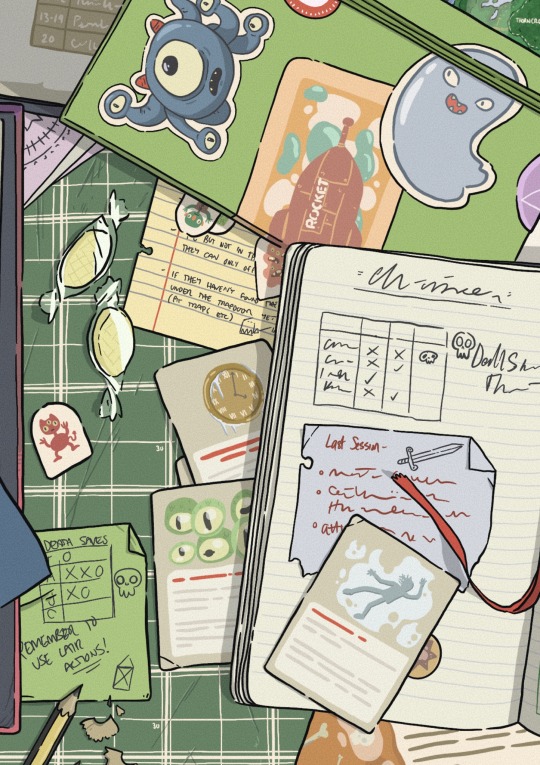
Finished! I think.
A book, scribble and dice based D&D session.
I’ll be exploring the possibility of getting some notebooks printed with this as a wraparound cover, but in the meantime it’s just a fun drawing!
Shop / Instagram
#my art#artists on tumblr#books#illustration#fantasy books#dungeon master#rpg#rpg dice#d&d 5th edition#dnd 5e art#dnd 5e homebrew
6K notes
·
View notes
Text
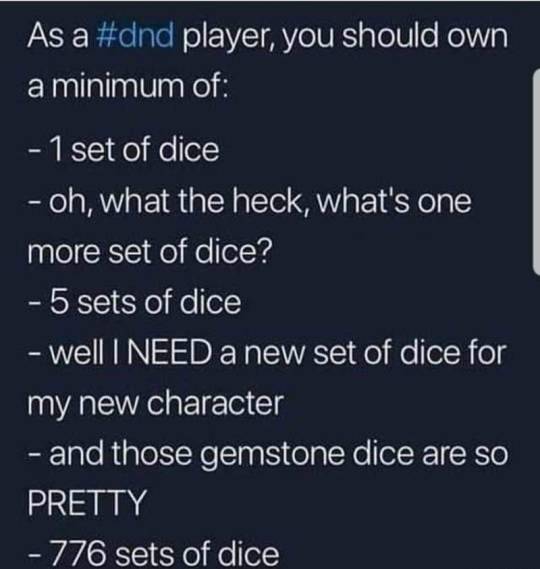
#dungeons and dragons#dnd#dungeon master#ttrpg#dungeons and memes#funny dnd#ttrpg memes#d&d#ttrpg meme#d&d memes#dice goblin
2K notes
·
View notes
Text

it's alright, he loves to fly
#someone needs to bell the rspca rah now#bernard demarco#meatball#masters of the air#mota#hbo war#hbo war fanart#im beefing whoever gave up meatball in a game of dice im so srs about it. look at his widdle face
245 notes
·
View notes
Text
ONE TOWER TO ROLL THEM ALLLLLLL
#dnd#me#ttrpg#dungeons and dragons#dice goblin#polyhedral dice#dnd dice#dungeon master#artisan dice#handmade dice
138 notes
·
View notes
Text

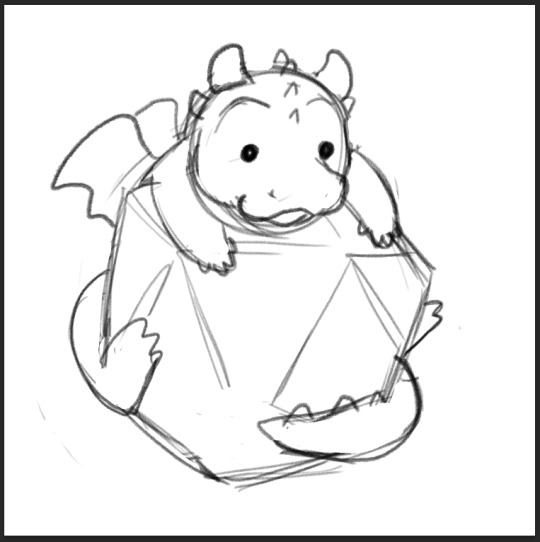
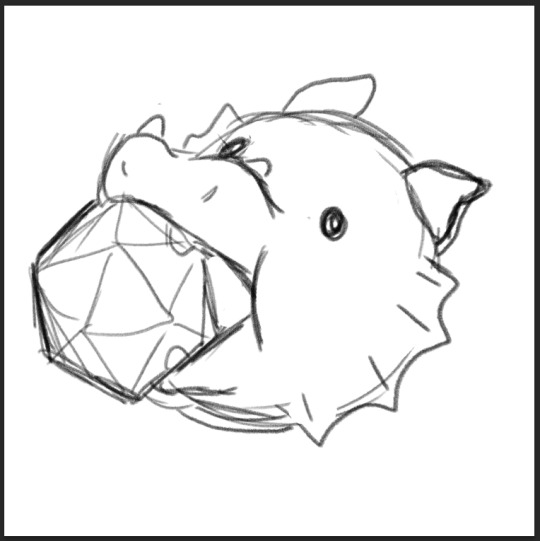

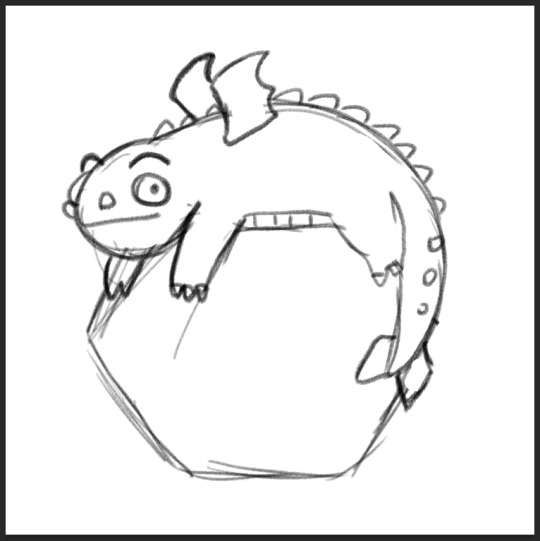
Super excited that Doodle For Food is drawing a guest design for my D&D pin campaign launching Thursday! Here are a few concept sketches for her "DICE HOARDER" pin! Sneak-peek some more designs on the pre-launch page! https://rockpapercynic.com/pins
88 notes
·
View notes
Text

Royal Opulence - Artisan 7-Piece Sharp Edge Dice Set
Available until April 15, 2023: northstardice.com
784 notes
·
View notes
Text

was just rewatching MOTM and it's so funny now that i can read ninjargon😭
it basically says: TO WOTRU KENTA WLECOME URATNEK KLWOTRU EMOCELW
and this is what jay says
no, jay. it says to wotru kenta wlecome uratnek klwotru emocelw 😭
#king vangelis DOES NOT know how to write a letter#ninjago master of the mountain#motm#ninjago motm#master of the mountain#ninjago#dice yaps
76 notes
·
View notes
Text


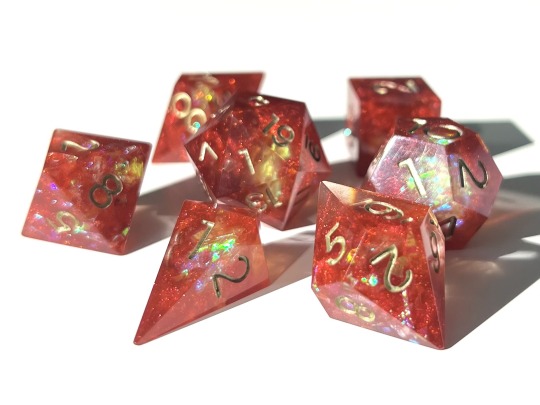


Hi everyone, it’s been a lo~ng time but it is time for our shop update tomorrow❣️ Aug 23rd 5:30 pm PDT. There will be lots of sets and D20 ready to be shipped out in 3 days! I hope you come check it out 🧡❤️🩷💜🌈
#d20#dicecollector#dnd#d20dice#diceaddict#dungeons and dragons#artisan dice#click clacks#critical role#nicedice#math rock#rpgdice#resindice#dice master#dice maker#polyhedral dice#dice goblin#handmadedice
57 notes
·
View notes
Text
Curse Rolling Table
Sometimes you just need a good curse to put your players in their place

#dnd#dungeons and dragons#rollingtable#forgotten realms#dungeon master#dm#rpg#ttrpg#rolling rolling table#dice#d20#magic#potions#d6#curse
259 notes
·
View notes
Text
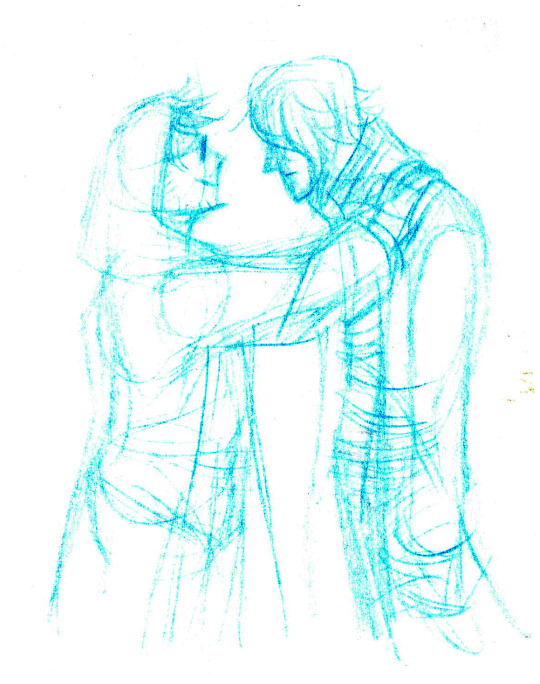
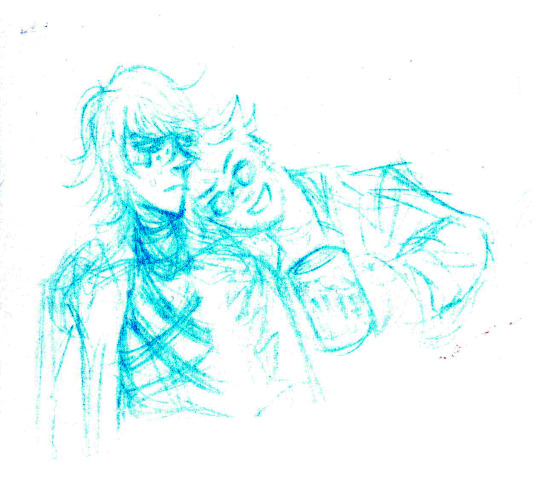
#rain code#master detective archives#mdarc#vivia twilight#yakou furio#viviakou#vvyk#ok i have a bunch of like. little doodles like this i've been sitting on for. the longest time#i don't even remember when i drew these. some time last fall or winter?#but a friend suggested i roll dice to figure out which of those files i should post first. and this was it#abcd art
77 notes
·
View notes
Text
Xawellion City - Access

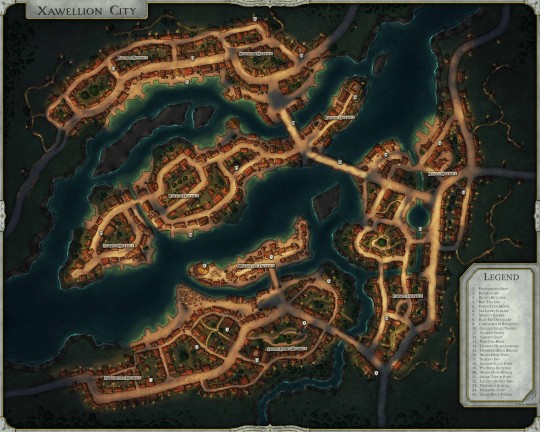
#5e#dnd#tabletop#battlemap#criticalrole#pathfinder#dnd5e#ttrpg#5th edition#dice#darkest dungeon#dungeonmaster#dungeon master#dungeonsanddragons#dungeons dragons#dungeons and dragons#tabletopgames#roleplaying#city map#mapmaking#map#mapping
219 notes
·
View notes
Text



a handful of my favorite spot illustrations from Masters of Mind-Chess
all art along with process talk are available to view on my Patreon
637 notes
·
View notes
Text
simplicity in design is a virtue, you cretins
i'm rereading Avery Alder & Ben Rosenbaum's Dream Askew / Dream Apart in preparation to finally do some serious editing of my game of intimacy, liberation, and faggots at sea Beneath Pirate Flags. among the billion other small things i'm reconsidering as i go over the bob/ndnm fundamentals, i'm really struck by how simple both these games are — elegant in a way i think i really failed to capture in the first public versions of bpf.
i have a theory about this, and it has to do with why i think the sprawling "always another sourcebook" approach taken by a lot of dungeons & drasprawling, commercially successful ttrpgs is fundamentally weak design — but first, here's one of them fancy 'keep reading' buttons you can click on to keep this post from being six and a half miles long.
hey, welcome back. lets get into the details:
bpf makes a critical break from the original ndnm games in the way its environmental playbooks work. mine are things like "the fort" and "the map" (see images) — individual iterations of broader concepts, much like the character playbooks ("legend", "dandy", "monkey" etc) are iterations of common pirate types. there are, almost certainly, multiple "monkeys" in one world — much as there are almost certainly multiple forts.


this contrasts with Askew / Apart's setting books — things like "varied scarcities," "society intact," and "goyishe world." these are intentionally broad environmental pressures. although "society intact" may be encountered different times in different places — with different names and different faces — it is, fundamentally, the same force.
2. this isn't necessarily a thing i want to change (although there are tweaks i'll be making to just about all the playbooks) but it is real interesting to think about how bpf got here, from a design perspective. the story is simple: bpf didn't start from playing either dream. it started with me reading wanderhome, and this design is borrowed (nearly) directly from there.
wanderhome, like bpf, has players create new environmental elements again and again over the course of a campaign — from the smallest kith to the largest citadel, you might be doing generation multiple times in a single session. wanderhome handles this by simplifying, simplifying, simplifying — a trait has one picklist, a nature two, and so the process of generation is quick and nondisruptive, and you're quickly able to create a populated world without losing yourself in any particular moment of generation.
(che, i hear you shouting, you baited us in with an inflammatory claim about d&d's bad design. get to the point already. ok. i will)
one of the things i like most about possum creek games as a whole (ha, got you again) is the way they can become sprawling without ever overwhelming players. this has been talked about a lot in advance of the yazeba's release — but it's true for wanderhome, too.
where both dream askew and dream apart have just six setting elements, wanderhome has (even if you disregard the seasons and holidays) a whopping forty-eight traits and thirty-six natures. it is — despite seeming small in the shadow of yazeba's — a sprawling game, and it's only through a tremendous efficiency and elegance in design that the whole thing doesn't come bursting apart at the seams. some of that is thanks to the ndnm token economy as a whole and some of it is good writing specific to wanderhome, but none of it is possible without an ethic that prioritizes simplicity — cutting the building blocks into their smallest fundamentals, so they can fit into something huge and, more importantly, comprehensible.
this all stands in sharp contrast to what seems to be the tendency in dice- and percentage- based games (told you i'd get there eventually), who — out of a need for a bespoke, simulationist tool for every situation, maybe — have a tendency towards appendices, supplemental books, and a proliferation of minutiae. i am talking about d&d here, although i don't think it's the worst offender — i still have nightmares about the hand-to-hand system from top secret, a game my dad only recently admitted he was "basically only pretending to understand the rules of" when he ran it for my friends and i when we were kids. i'm not saying all crunchy game design is like this — honestly, i think crunchiness is a totally different spectrum from rules-complexity — but i do think that, sometimes, in an effort to feel sprawling and more importantly substantial, games become inefficient and more or less illegible. it is hard to play d&d. it is hard to hold all those rules in your head. by comparison, dream askew, dream apart, and wanderhome can held pretty easily in your head. you could probably even reconstruct some of the playbooks from the design fundamentals (act weak = gain token, act strong = spend token, evocative picklist). the most important thing about these games is that the rules are evocative and they let you stay in the fun part of play for as long as possible, interrupted as little as possible.
let me make this totally clear: the fun part of a game can absolutely be tallying numbers and consulting armor ratings, but i don't think that's the reason some of these games get so big. the real answer is: cutting shit is hard! eliminating systems is hard! saying "this is not helpful, let it go" is really tough, especially when you're left with a design document that was shorter (and by extension, whispers the awful voice in the back of your head, worth less) than you were expecting. still, it's important to remember: 'good system design' is not the same thing as 'filling as many pages as possible.', even if that's hard to accept in an industry that feels like it has to be prices and paid by the page.
how does all this affect beneath pirate flags? well, that's simple — pretty quickly in my recent playtesting, i realized that pausing mid-session to create new maps, forts, ships, and so on sucks ass. it's fun to brainstorm with friends, but the environmental generation throws off the pacing of sessions in a way the wanderhome kith stuff just doesn't. why? there's too much shit in my environmental playbooks! wanderhome has two picklists per nature and one per trait. askew & apart have just one per setting element — and you only have to do it once per campaign. beneath pirate flags has five. five! it sucks! and cutting out that unecessary shit — even if i do want to straddle the middleground between dream askew & dream apart's simplicity and wanderhome's sprawling growth — is going to be the hard first step on the long road to getting this game where it ought to be.
#ttrpg#ttrpg design#wanderhome#dream askew#dream apart#beneath pirate flags#gay pirates#rant aside i am really eager to get back to working on this game#it has such good bones but its gonna be a long road to being done with it#no dice no masters#belonging outside belonging
162 notes
·
View notes